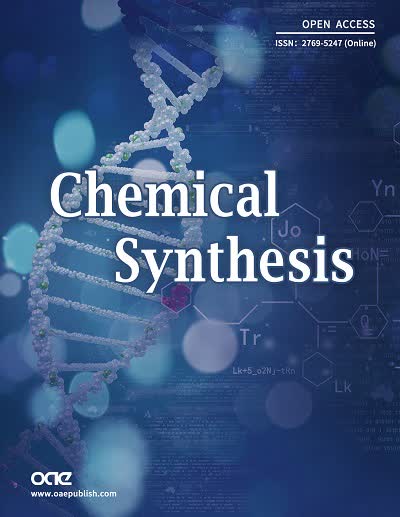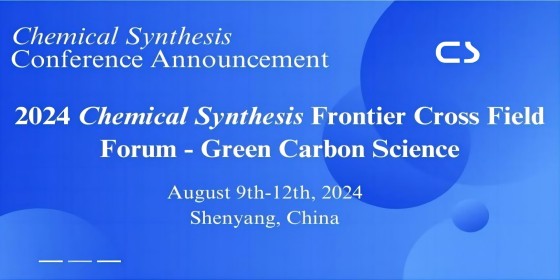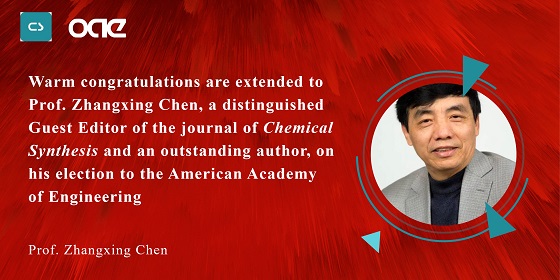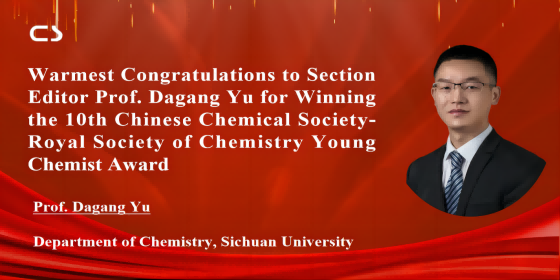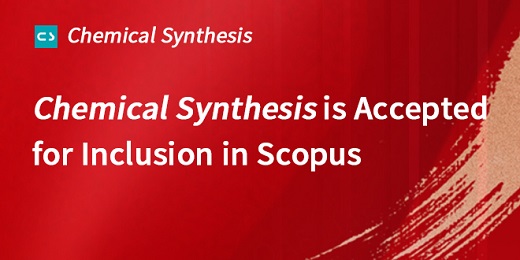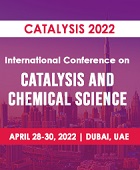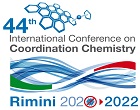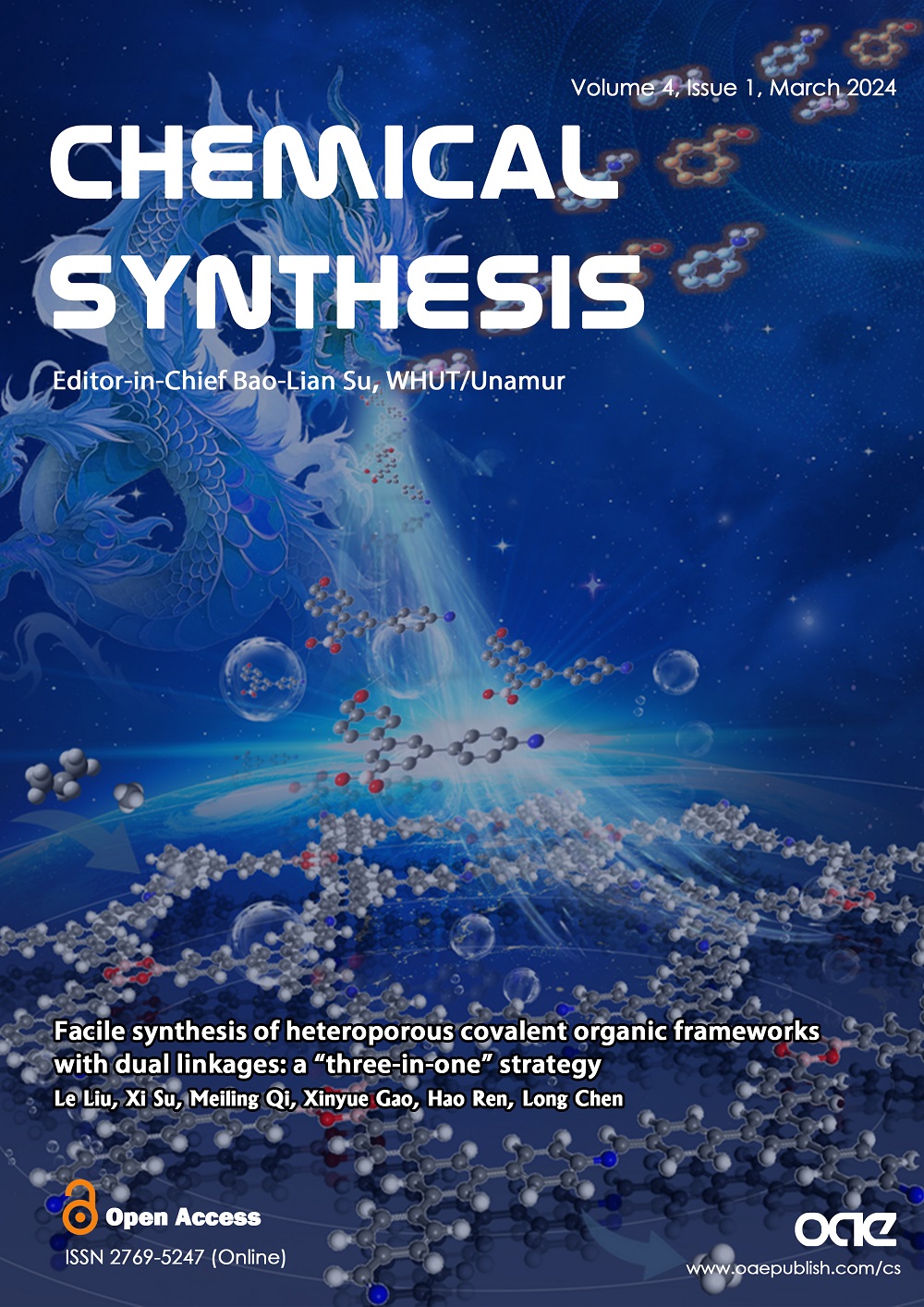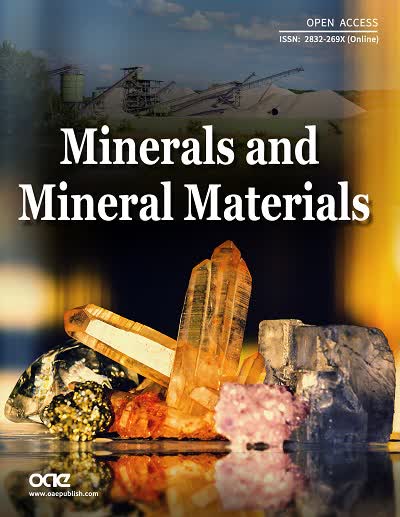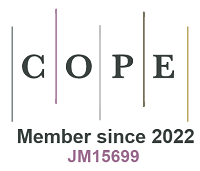Chemical Synthesis
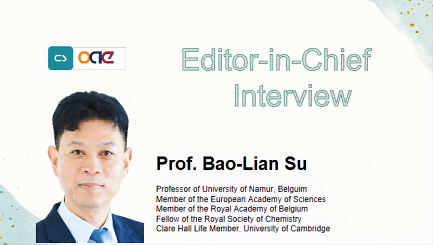
Prof. Bao-Lian Su
University of Namur, Namur, Belgium;
Wuhan University of Technology, Wuhan, Hubei, China
NaN
Views: Downloads:
Views: Downloads:
Views: Downloads:
Views: Downloads:
Views: Downloads:
Views: Downloads:
Views: Downloads:
Views: Downloads:
Data
544
Authors
557
Reviewers
2021
Published Since
122,427
Article Views
56,103
Article Downloads
For Reviewers
For Readers
Add your e-mail address to receive forthcoming Issues of this journal:
Themed Collections
Related Journals

Prof. Bao-Lian Su
University of Namur, Namur, Belgium;
Wuhan University of Technology, Wuhan, Hubei, China
NaN
Related Journals
Data
544
Authors
557
Reviewers
2021
Published Since
122,427
Article Views
56,103
Article Downloads

